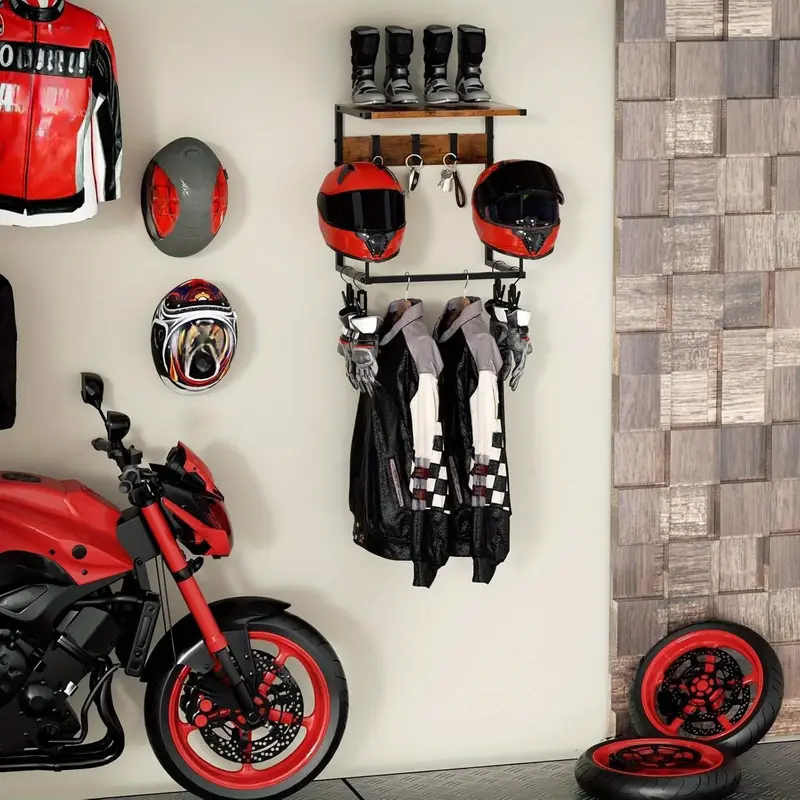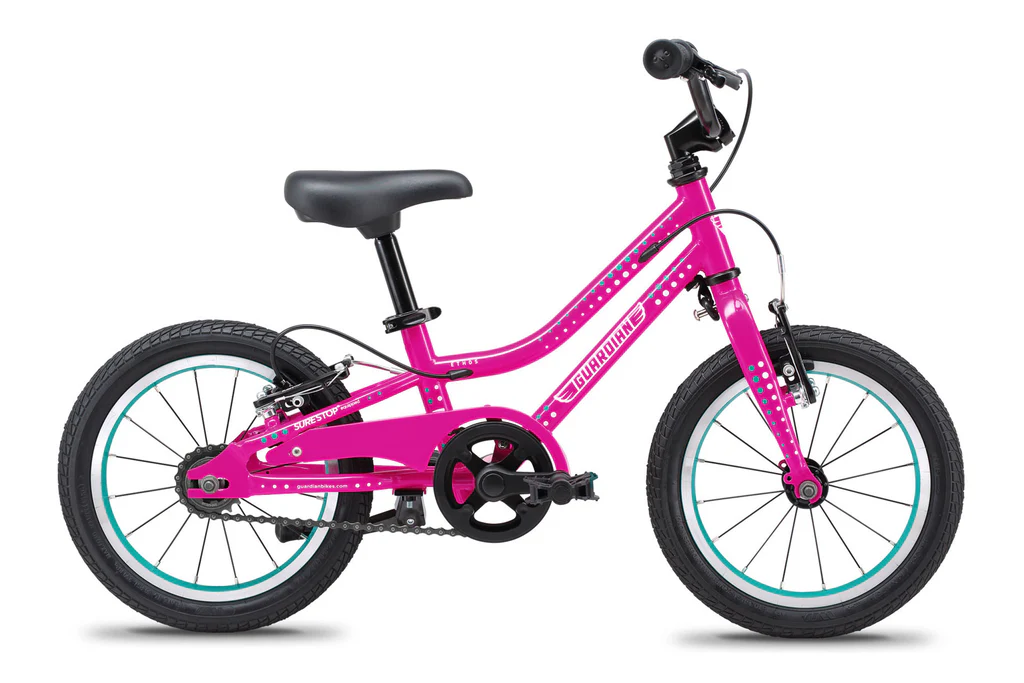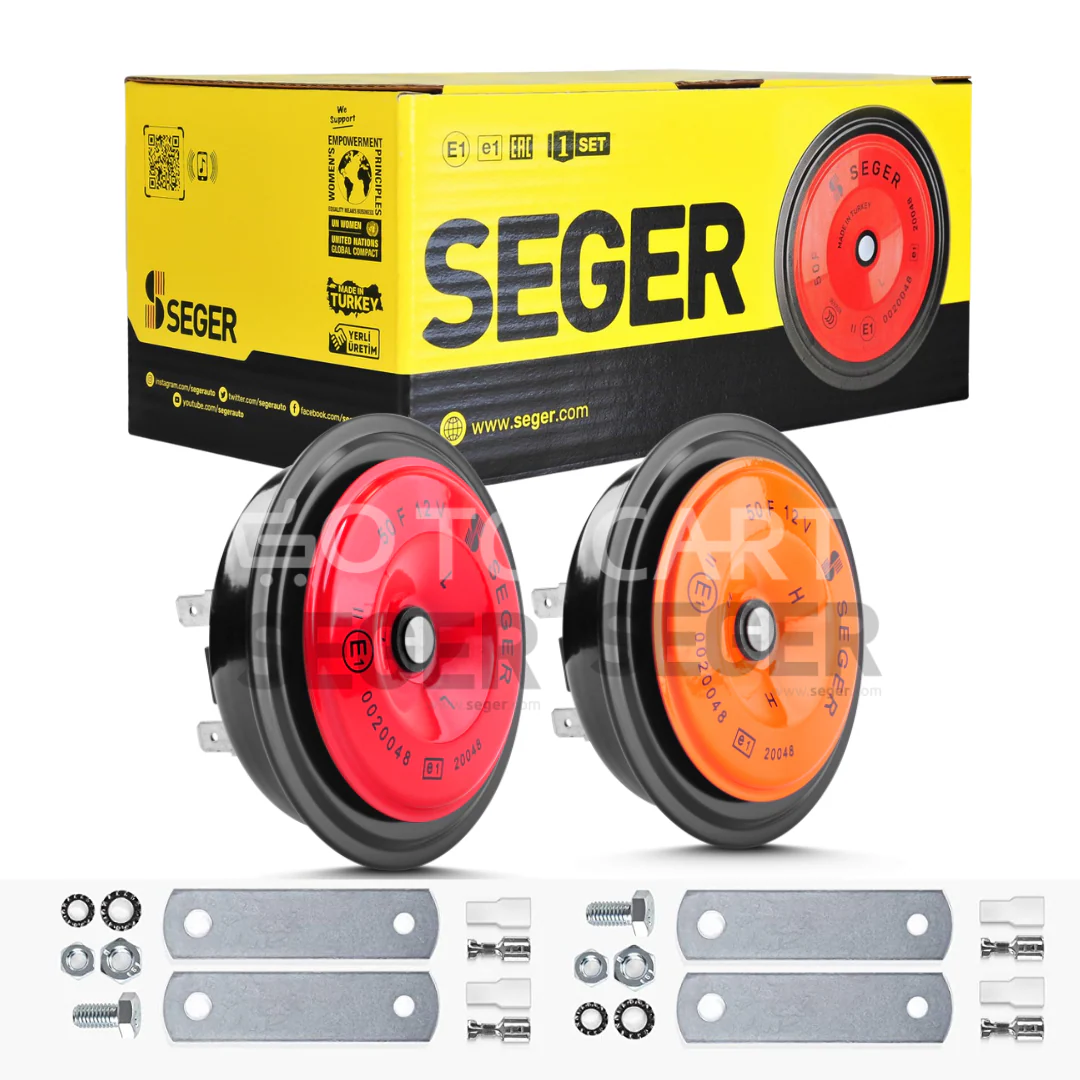Garage Bike Rack Benefits for Homeowners
A garage bike rack is one of the simplest and most effective ways to keep your bicycles organized, protected, and accessible. Bikes left on the floor or leaning against walls are prone to scratches, dents, and accidental falls. A garage bike rack provides a secure place for each bike, ensuring that your garage remains neat and clutter-free.
Families with multiple bikes will especially notice the difference. With a proper bike rack, children’s bikes, adult bikes, and even e-bikes can coexist without creating chaos. Homeowners often find that having a rack encourages tidier habits, making it easier to maintain other items in the garage, such as tools, sports equipment, or storage boxes.
A garage bike rack also improves safety. Bikes lying on the floor can cause trips and falls, which can be especially dangerous in a busy household. By using a rack, you protect both your family and your investment in your bicycles.
PakWheel: http://pakwheel.com
Garage Bike Rack Types to Consider
Choosing the right garage bike rack depends on your garage size, number of bikes, and personal needs. Here are the main types:
- Wall-Mounted Racks:
Wall-mounted racks are ideal for garages with limited floor space. Bikes hang vertically or horizontally on the wall, keeping them accessible yet out of the way. These racks are especially good for single bikes or families with 2–3 bicycles. Some wall racks include hooks for helmets or other biking gear. - Ceiling Hoists:
Ceiling hoist racks lift bikes overhead, freeing up floor space entirely. They are perfect for garages with high ceilings or for seasonal storage. Many ceiling hoists use pulley systems, making it easy to lift even heavier bikes without strain. - Floor Stands:
Floor stands are versatile and easy to use. They can hold one or multiple bikes upright and require no permanent installation. They are ideal for renters or garages where mounting racks is not allowed. Some stands are portable and can be moved around as needed. - Vertical Racks:
Vertical racks allow multiple bikes to stand upright, stacking them efficiently. This type is great for families or households with several bicycles, maximizing storage while keeping all bikes easy to access. - Freestanding Multi-Bike Racks:
For households with many bikes, freestanding multi-bike racks can hold four to six bicycles at once. They are stable and heavy-duty and don’t require wall or ceiling mounting, making them a flexible option.
Each type of rack has its advantages. Wall-mounted and ceiling hoists save floor space, floor stands are portable and flexible, and vertical or freestanding racks are excellent for multi-bike storage.
Garage Bike Rack: Choosing the Right
To select the best garage bike rack, consider these factors:
- Number of Bikes:
Determine how many bikes you need to store. Single-bike racks work for solo riders, while multi-bike racks or vertical racks are better for families. - Garage Space:
Measure your garage carefully. Wall-mounted and vertical racks save floor space, while ceiling hoists make use of high ceilings. - Bike Weight and Type:
Some racks cannot support heavier bikes like mountain bikes or e-bikes. Always check weight capacity before purchase. - Material and Durability:
Steel and aluminum racks are strong and long-lasting. Plastic racks are lightweight but may not hold heavy bikes safely. - Ease of Installation:
Floor stands are ready to use immediately. Wall-mounted racks require drilling and screws. Ceiling hoists may need a second person to safely install. - Additional Features:
Some racks include hooks for helmets, shelves for gear, or anti-slip padding to protect your bike frames.
Garage Bike Rack Installation and Maintenance
Installing a garage bike rack can be simple or slightly involved, depending on the type:
- Wall-Mounted Racks: Use a stud finder to locate secure spots in the wall. Mount brackets using screws and anchors to ensure the rack holds the weight.
- Ceiling Hoists: Measure the distance between beams. Attach pulleys or hooks securely and test the lifting mechanism before placing bikes.
- Floor Stands: Usually require no installation. Simply place the stand in your preferred spot and adjust the arms or supports for stability.
- Freestanding Multi-Bike Racks:Position on a flat surface, assemble according to the manufacturer’s instructions, and check weight balance for each bike.
Maintenance tips:
- Regularly check screws, bolts, and hooks.
- Avoid exceeding weight limits.
- Clean the rack to prevent dust and rust.
- Inspect moving parts in hoist systems to ensure smooth operation.
Pros and Cons of Using a Garage Bike Rack
Pros:
- Space Optimization: Keeps bikes off the floor, leaving room for other storage.
- Bike Protection: Reduces risk of scratches, dents, and accidental damage.
- Organization: Makes it easy to find and grab the right bike quickly.
- Safety: Minimizes tripping hazards, especially in busy garages.
- Aesthetic Appeal: Creates a neat and organized look, improving overall garage appearance.
- Flexibility: Some racks can accommodate different types of bikes and accessories.
Cons:
- Initial Cost: High-quality racks can be expensive, though they pay off long-term.
- Installation Effort: Ceiling hoists and wall-mounted racks require more work to install safely.
- Weight Restrictions: Not all racks are suitable for heavy e-bikes.
- Limited Portability: Wall-mounted and ceiling racks cannot be moved easily once installed.
Seasonal Storage Tips for Garage Bike Racks
During winter or off-season periods, a garage bike rack is invaluable:
- Lift bikes off the ground to avoid damp floors.
- Cover bikes to prevent dust accumulation.
- Check tire pressure and remove batteries from e-bikes for longer storage.
- Rotate bikes occasionally to prevent long-term weight stress on tires.
Garage Bike Rack Tips for Choosing the Best One
- Prioritize the number of bikes and space available.
- Look for durable materials like steel or aluminum.
- Consider racks with added features for accessories.
- Read customer reviews for reliability and durability.
- Compare prices and warranties to ensure long-term value.
Garage Bike Rack FAQs
Q1: Can I store e-bikes on a standard garage bike rack?
Yes, but always confirm the rack’s weight limit. Heavy e-bikes may need a more robust solution like a ceiling hoist or steel multi-bike rack.
Q2: Do ceiling hoist racks require professional installation?
Not necessarily, but having a second person is highly recommended to safely lift bikes.
Q3: How many bikes can a freestanding garage bike rack hold?
Typically 4–6 bikes depending on the model, while vertical racks can hold even more.
Q4: Are garage bike racks suitable for small apartments?
Yes, wall-mounted or vertical racks save floor space, making them ideal for limited areas.
Q5: Can racks be moved after installation?
Floor stands are portable. Wall-mounted and ceiling racks remain fixed unless uninstalled.
Q6: Are there racks for children’s bikes?
Yes, some racks adjust for both adult and children’s bikes.
Q7: How do I maintain a garage bike rack?
Check bolts and screws, avoid overloading, clean regularly, and lubricate moving parts in hoist systems.
Conclusion
A garage bike rack is an essential addition for any cyclist or family with multiple bicycles. It protects your investment, organizes your garage, and maximizes space. Whether you choose a wall-mounted, ceiling hoist, floor stand, or vertical rack, selecting the right model depends on your garage layout, bike types, and storage needs.
By following installation tips, considering pros and cons, and maintaining the rack properly, a garage bike rack becomes a long-lasting solution that makes your garage safer, cleaner, and more functional.
Read more about Garage Bike Rack : http://allbikeinfo.xyz/garage-bike-rack








Leave a Reply